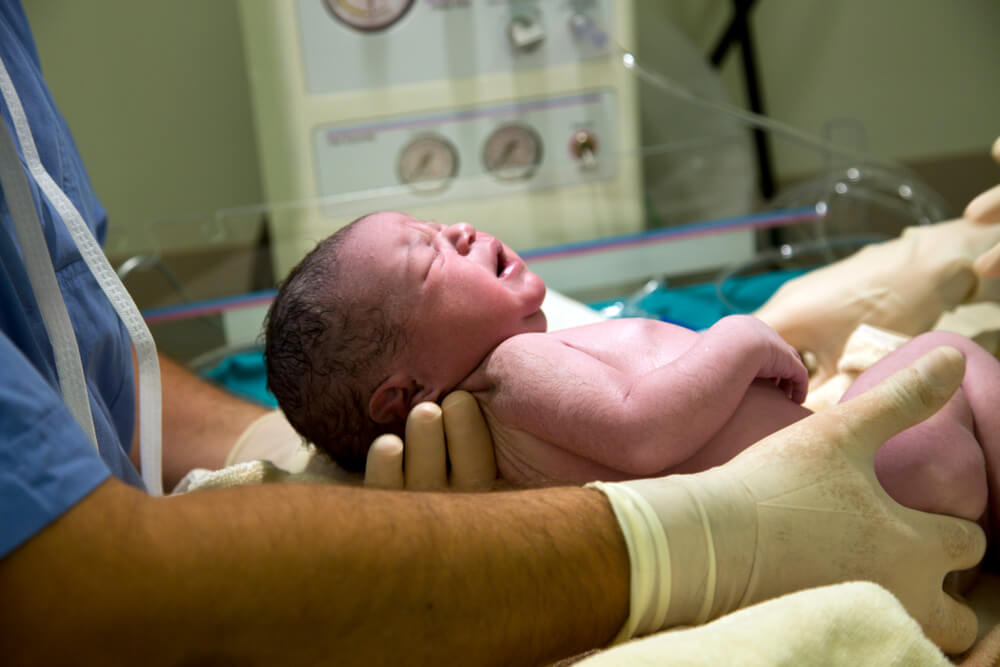Fetal Lacerations
Typically, fetal lacerations occur when a child is delivered through a caesarian section. Usually, when this happens, the doctor is at fault because they have used improper procedures during childbirth. Fetal lacerations often happen due to cuts and nicks that were the direct result of forceps, scalpels, and improper procedures on the medical staff’s part when giving birth to the child. Clearly, a surgical delivery comes with its fair share of risks.

What Increases the Risk of This Condition
There are a few dangers that have been associated with fetal lacerations. This especially becomes a problem when the doctor performs a delivery through a C-section. Some of the greatest risks for the child getting fetal lacerations include:
- Active labor
- Emergency C-section
- Inexperienced doctors
- A ruptured membrane before the C-section
Understanding This Condition
There are a few aspects that you should understand about this condition. For example, the NIH looked at how many children suffer from lacerations and found that three percent of all children are afflicted. In recent years, C-section has become an increasingly common form of delivery. That could be one of the reasons why it seems like this condition is becoming increasingly more common.
The Dangers to Know
There are a few dangers that exist that have put children at risk when they experience fetal lacerations. For one thing, they have a risk of developing certain palsies, like Erb’s Palsy and Klumpke’s Palsy. They could also suffer a cervical cord injury or might fracture their humerus or clavicle. Eight in every 1,000 infants who have this condition will break one of their bones. Cranial injuries have become another risk. In fact, of the children who had lacerations, 272 out of 1,000 experienced cranial injuries. In particular, the danger comes from cephalohematoma.
Luckily, cephalohematoma goes away after about three months. Like with jaundice, however, you need to keep a close eye on it because it can develop into a more serious birth injury.
Doctors: How They Treat It
Doctors will tailor the treatment for lacerations specifically to the infant. For example, a deep and long cut will get treated differently from a more superficial laceration. With more minor cuts, the doctor will typically use tissue adhesives. With something more serious, a doctor might close the laceration with sutures. This means that the doctor will stitch the cut up using a suture device. For deep cuts, doctors will almost always use this.
Researchers continue to look into ways that they can keep these lacerations from happening. The device known as CSafe has been shown to help with this birth disorder. Like with cerebral palsy, you should try to avoid this birth disorder as much as possible. Since it is often due to the fault of the medical staff, though, it is most important that you are aware of what to look for as signs your child was harmed at birth. Active research is still being conducted to try to overcome this problem.
